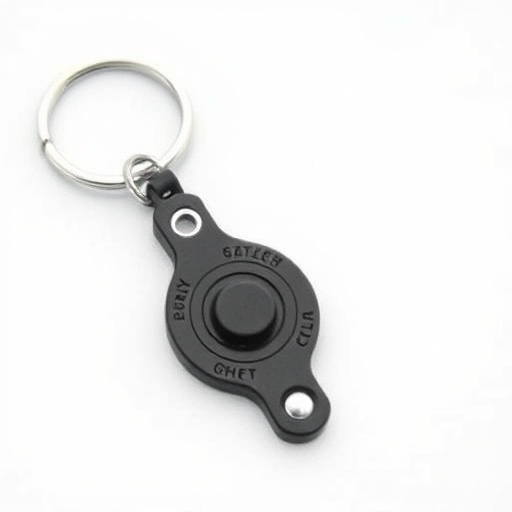In today's digital era, personal safety is paramount, and defensive keychains have gained popularity as accessible self-defense tools. Navigating legal aspects, including size, capabilities, and permitted striking points (eyes, throat, groin), is crucial before carrying a keychain for protection. Best practices involve deterring, disabling, or escaping an attack while targeting vulnerable areas like thumb joints, wrists, knees, and eyes to temporarily incapacitate an assailant. Regular practice enhances confidence and dexterity, and understanding local concealed carry regulations ensures legality. Keep updated on self-defense laws varying across regions.
Navigating the legal landscape of keychain weapons can seem like navigating a labyrinth, but understanding your state’s guidelines is crucial for safe and legal carry. This article equips you with essential knowledge on defensive keychains, focusing on best practices and effective striking points. From deciphering state laws to mastering self-defense techniques, we explore what makes a keychain weapon a viable option. Discover the best keychain weapon striking points for maximum effectiveness in unexpected situations.
- Understanding State Laws on Keychain Weapons
- Best Practices for Legal Carry and Self-Defense
- Identifying Effective Striking Points with a Keychain Weapon
Understanding State Laws on Keychain Weapons
In today’s digital age, personal safety is a top priority for many individuals, and defensive keychains have emerged as a convenient and accessible self-defense tool. However, navigating the legal landscape surrounding keychain weapons can be complex, varying significantly from state to state. Understanding your state’s laws regarding keychain weapons is crucial before considering carrying one for self-protection. Each jurisdiction has its own set of regulations, including restrictions on size, capabilities, and acceptable striking points.
When it comes to the best keychain weapon striking points, knowledge is power. Legal carry guidelines often outline permitted use cases and effective targeting areas. For instance, many states allow the use of keychains for self-defense against imminent physical harm, focusing on vital areas such as eyes, throat, or groin—all considered effective and legal striking points. Staying informed about your state’s specific regulations ensures that you can legally defend yourself while adhering to the law, making these tiny tools a practical option for personal safety without the hassle of extensive training or licensing requirements.
Best Practices for Legal Carry and Self-Defense
When carrying a defensive keychain for self-defense, understanding best practices is paramount to ensuring safety and legality. Always remember that the primary goal is to deter, disable, or escape an attack, not to inflict severe harm. Targeting vital striking points like pressure points, eyes, throat, groin, or knees can incapacitate an assailant temporarily, allowing you to create distance and seek help. Practicing these techniques regularly enhances your confidence and dexterity in high-stress situations.
Choose a keychain with components that are easy to use in a hurry. Familiarize yourself with each feature and its intended function, especially the locking mechanism. Ensure your keychain is legal in the states where you intend to carry it by understanding local concealed carry regulations regarding self-defense tools. Regularly update your knowledge on self-defense laws, as they can vary significantly from place to place.
Identifying Effective Striking Points with a Keychain Weapon
When considering a keychain as a defensive tool, understanding effective striking points is crucial for maximizing its potential in a self-defense scenario. The best keychain weapon striking points typically target vulnerable areas of an assailant’s body that can cause significant pain or incapacitation. For example, the thumb joint, wrists, knees, and eyes are all strategic locations. A well-placed kick or sharp tap to these areas can disorient or disable an attacker, providing an opportunity for escape.
Focusing on these key areas ensures that even a small keychain weapon can be formidable. Practice and training are essential to developing the precision and timing needed to land effective strikes. Understanding not just the best striking points but also body mechanics and leverage will make your keychain defense more reliable in high-stress situations.
In conclusion, understanding state laws regarding keychain weapons is paramount for legal carry and self-defense. By following best practices and identifying effective striking points, such as the temple, jawline, or throat, individuals can maximize the utility of their keychain defense tool. Staying informed about local regulations and training appropriately ensures that a keychain weapon serves not just as a deterrent but also as a reliable means of protection in unexpected situations.
